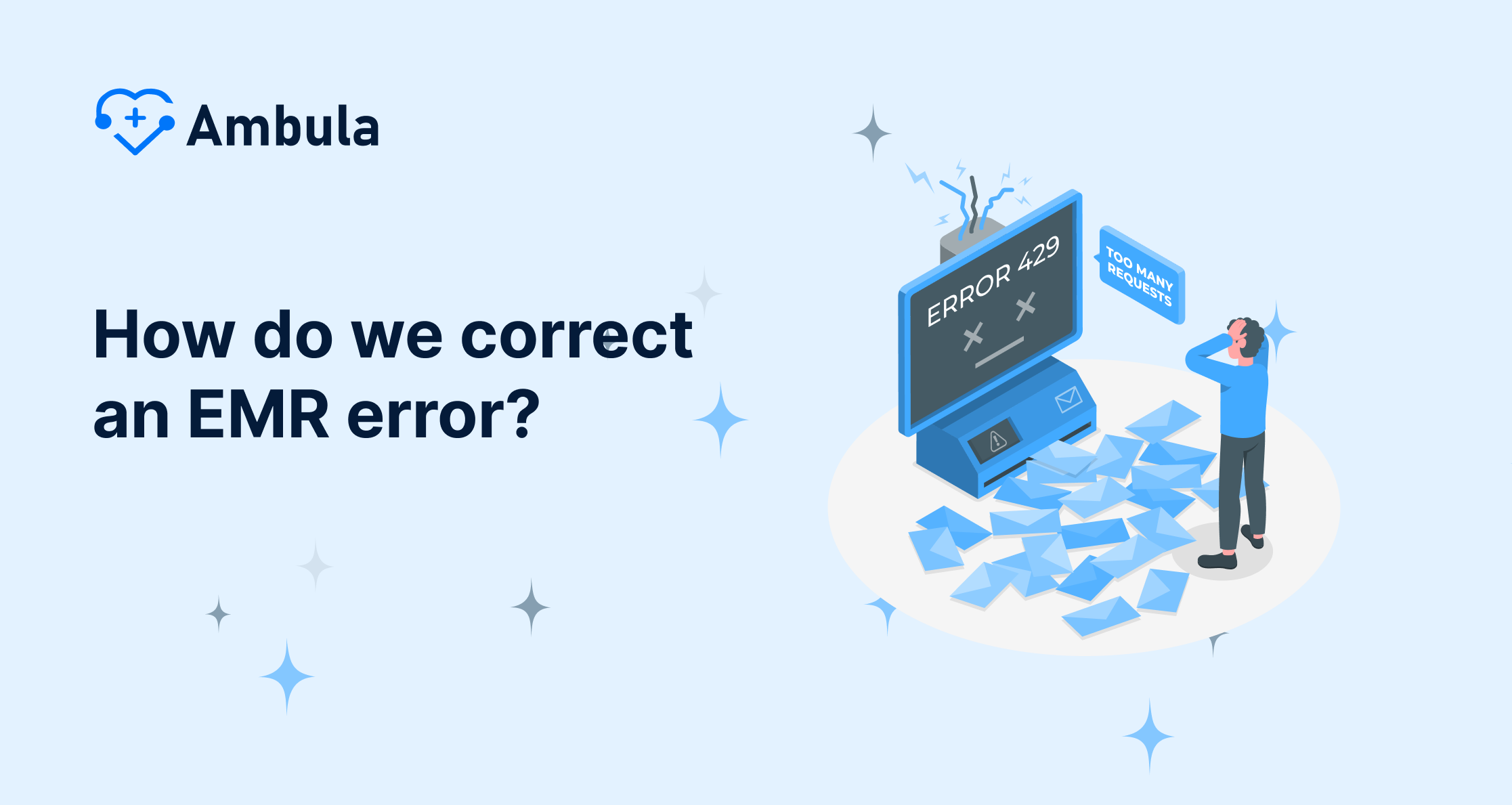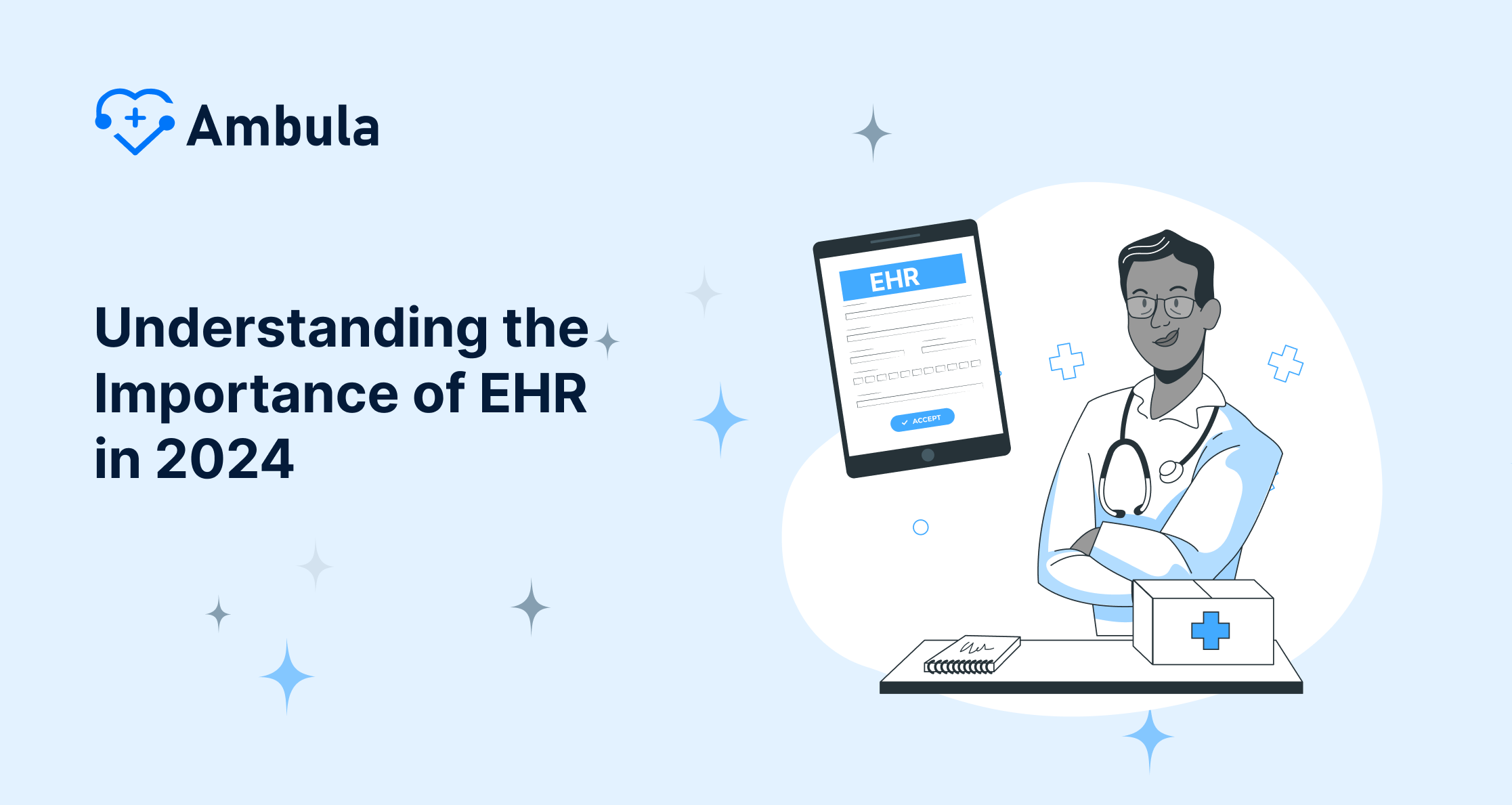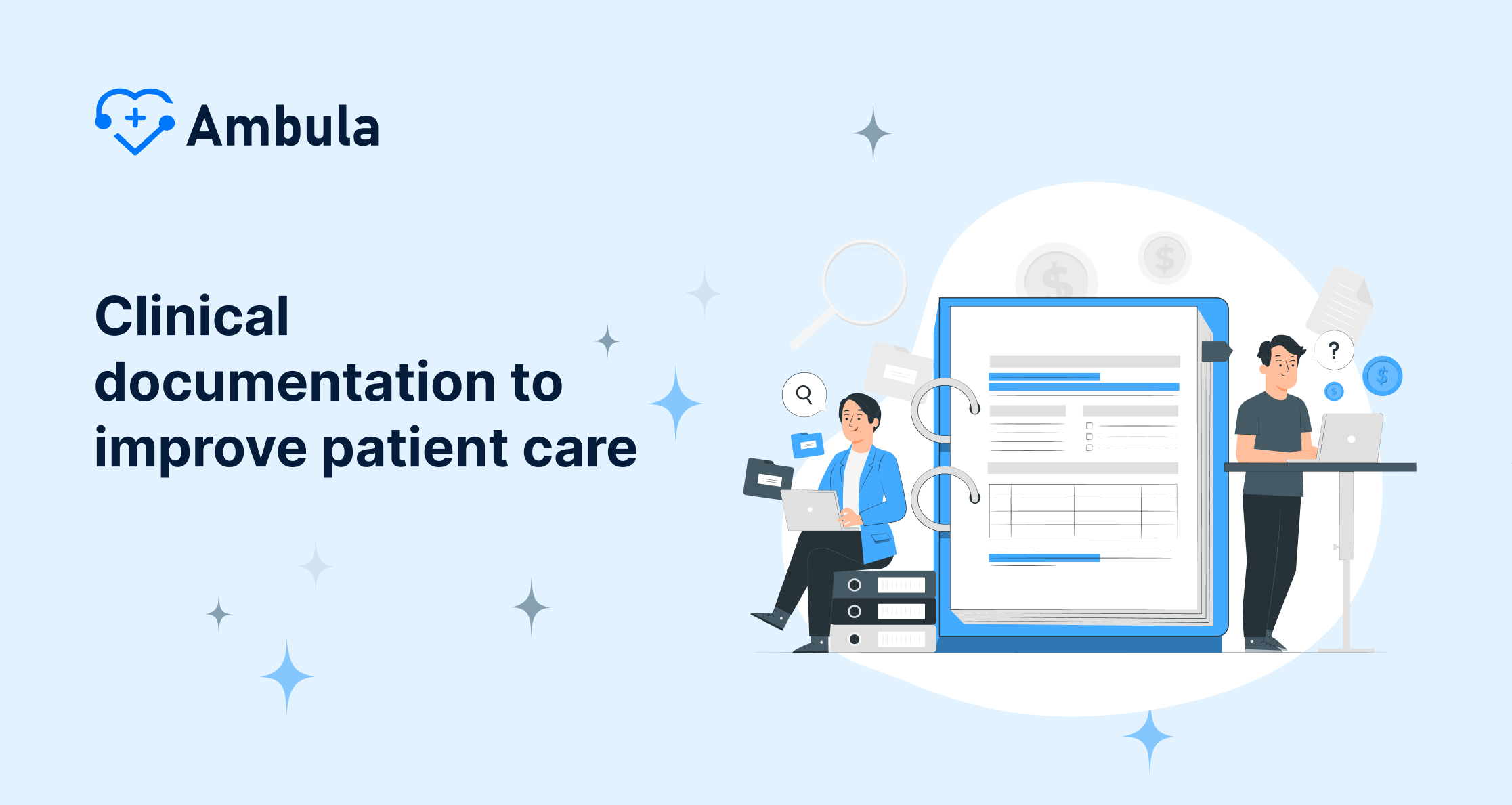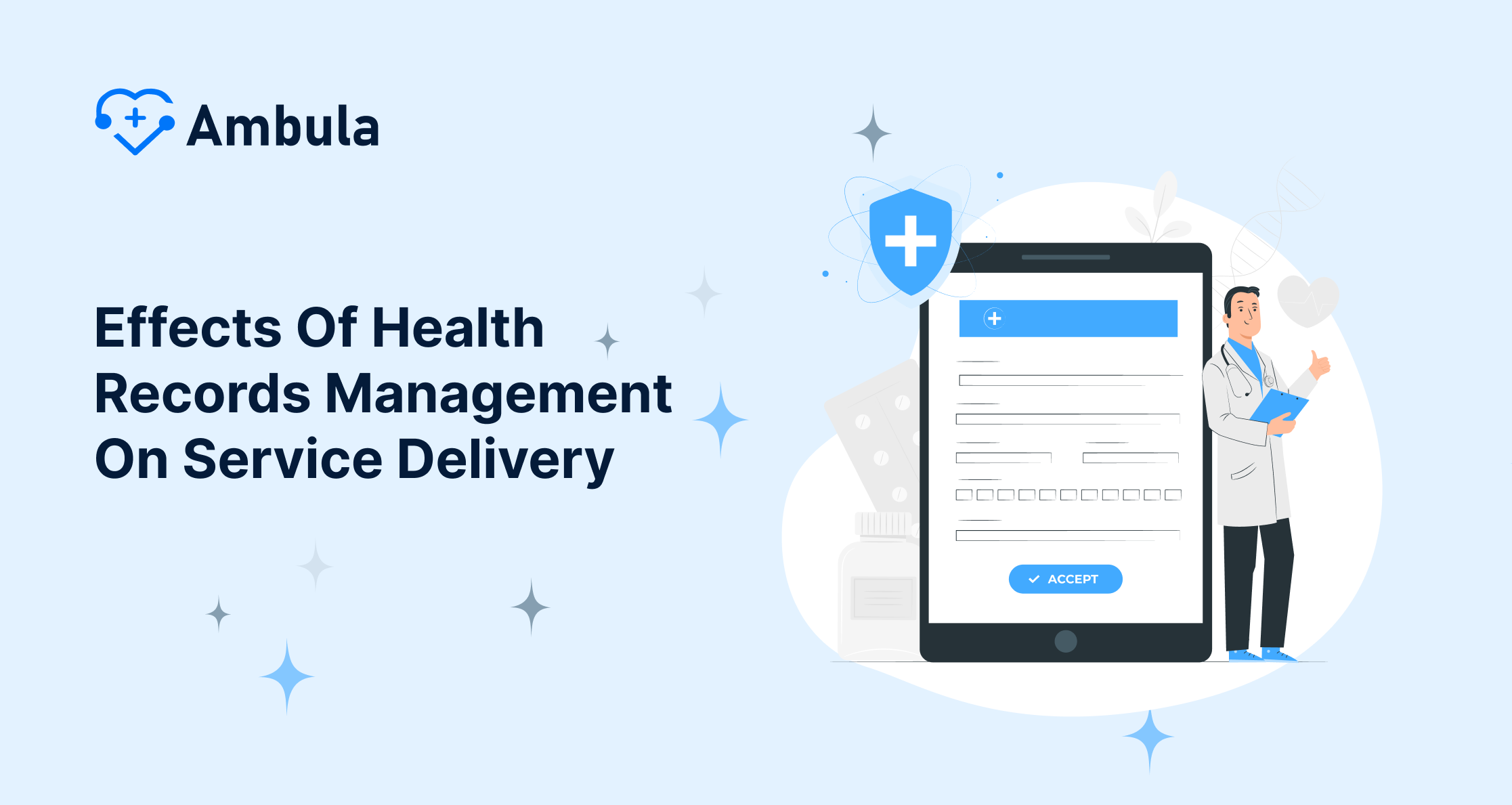How has EMR changed healthcare
Topics:
- The advantages of EMRs
- EMR systems in healthcare and their barriers
- Functions EMRs should support
- What not to do when choosing EMRS
- What you may have missed in EMRS implementation
How have EMRs changed healthcare
It is impressive how EMRS has changed healthcare so far. Before the implementation of EMR and even the first computer, healthcare providers used paper medical records; imagine that! Alternatively, today, these paper charts became digital ones with the commercialization of the EMR.
The advantages of EMRs
The advantages of EMRs or benefits of electronic health records are many varying from better patient care to fast referrals:
1- Improve patient care: since electronic medical records or EMR entered the healthcare world, change in care has shifted significantly. Paper records are out, and now patients know the patient’s profiles by the time they walk in. Goodbye, lost papers, and hello, better communication and patient care!
2- Less time consumption: first off, paper records consume time. The printing, preparation, and writing by hand take time. This no longer exists with EMRs.
3- New skill sets: how EMR has changed healthcare is a broad question, and it even reaches a wider spectrum of skill sets. Technology knowledge is necessary, and the staff must learn many things. Namely, using software systems, transferring, and inputting data.
4- Faster referrals: the receipt and transmission of referrals are faster with EMRs. Many systems are interlinked, and professionals within the same hospital can reach them.
EMR systems in healthcare and their barriers
Our next subject is the background of EMR systems in healthcare and their barriers. At first created, collected, consulted, and managed, EMRs bring added value to the healthcare system. Not only do they make workflow easier, but they also improve the quality of patient safety and care. However, some barriers remain obstacles to adoption no matter how positive the answer is to how EMR has changed healthcare.
1- Negative unintended impact of the technology
2- Concerns about unattended needs for rural health centers or FQHCs
3- Missing skilled resources for support and implementation
4- Worrying that the systems might end up obsolete
5- Not being able to reshape the design for clinical workflow and process to adopt
6- Low estimation of the structural capabilities and change management required
7- Insufficient return on investment and high capital cost for safety net providers and small practices
Check out these articles after you’re done
Functions EMRs should support
The Functions EMRs should support directly related to 8 functions. How EMR changed healthcare cannot be actualized without ensuring quality, safety, and care. Here are the aforementioned functions:
1- Electronic data storage and reporting based on standards for disease surveillance efforts and patient safety
2- Scheduling systems and other administration processes on the computer
3- Ability for patients to access disease management tools, health records, and health information resources
4- Security for electronic communications among patients and providers
5- Prevention of drug interactions and improvement for compliance with best practices through computerized systems that support decisions
6- Electronic provider order entry
7- Access to past and new testing results among healthcare providers in several care settings
8- Physicians’ access to patient data covering allergies, lab results, medications, and diagnoses.
What not to do when choosing EMRs
Most importantly, What not to do when choosing EMRs or the EMRs don’ts are crucial for your practice. When you decide to get the EMRs, you want to avoid any possible failure. Learn from the mistakes of the best:
1- Don’t skip nursing: EMRs don’t include only doctors. Of course, these are the primary decision-makers, but EMR is not exclusive to them. Nurses use the chart 75%, and the implementation won’t be successful without them.
2- Avoid buying the first demo: Educating yourself and checking multiple products before purchasing is crucial. Contrast, compare, and choose the best fit.
3- Reference site visits are essential: Demos always look good, but how do they appear?
4- Always seek workflow improvement: study the procedures and forms at your practice to learn how EMR can help. This will eliminate tasks and steps and streamline the workflow.
5- Relying on voice recognition for documenting visit notes is a mistake when exclusive.
6- Don’t cut corners when it comes to training.
What you may have missed in an EMR implementation
What you may have missed in EMR implementation includes the efforts and stress required for many months. Truth is, technology adoption doesn’t happen overnight. Keep at it knowing everything takes time and don’t forget to round on users.
Of course, not every physician will have to do the same thing. Remember to keep your records safe. This can be accomplished by educating patients on safety measures. You can also always have an offline backup. As much as possible, try to include photos with EMRs to avoid fraud. And finally, strengthen your passwords!
In summary, we can say that EMRs will make your practice easier if you respect the requirements mentioned. This revolutionary approach is the first step towards the future, and trusts us, you won’t regret taking it.
Always ask, and we’ll be here to respond! Call the Ambula healthcare team to seek what you may have missed: (805) 558-2418! And now, check out how to improve workflows in ASCs!





